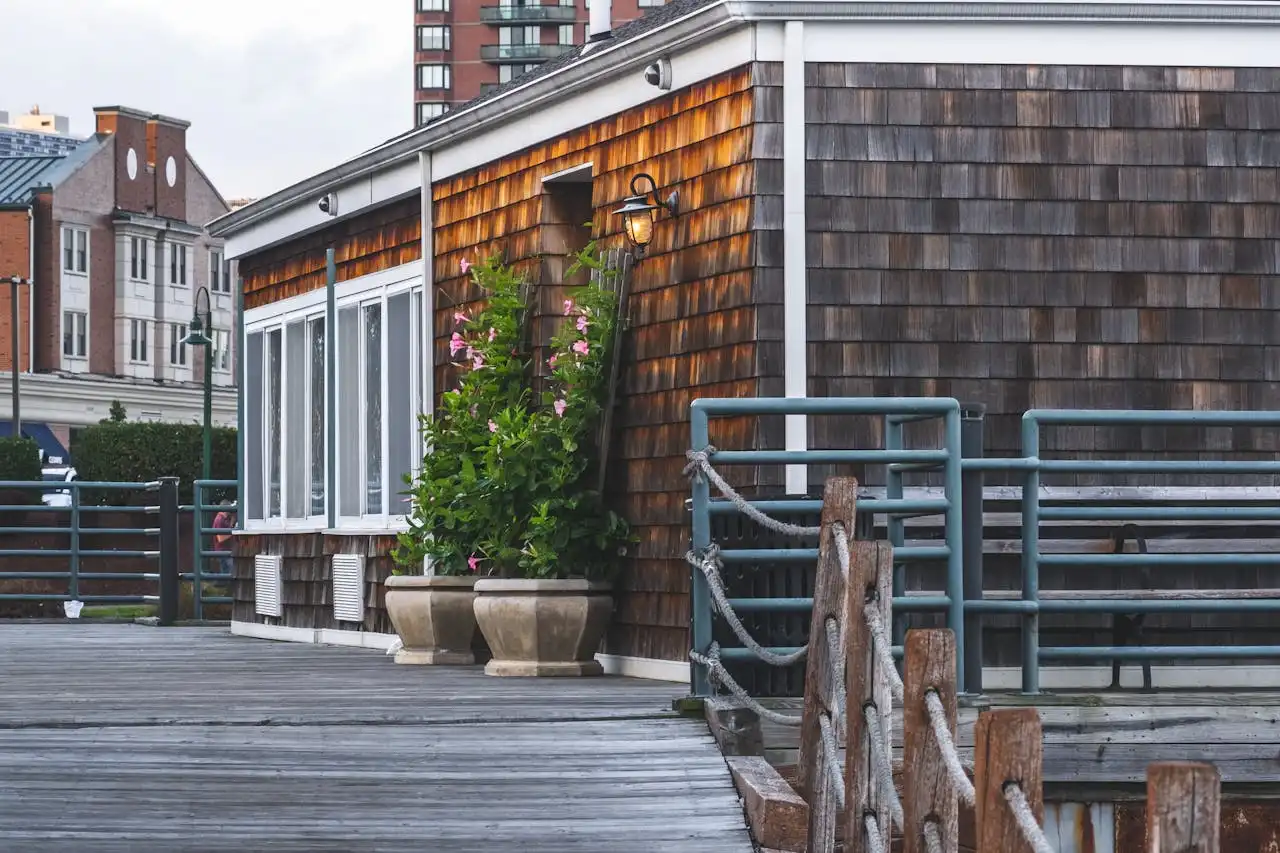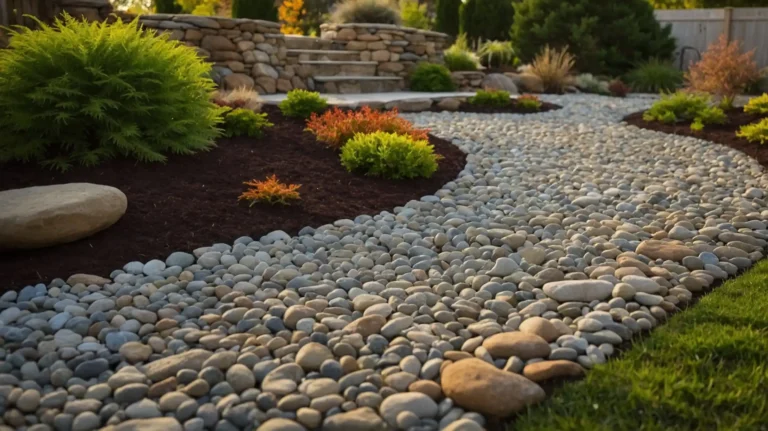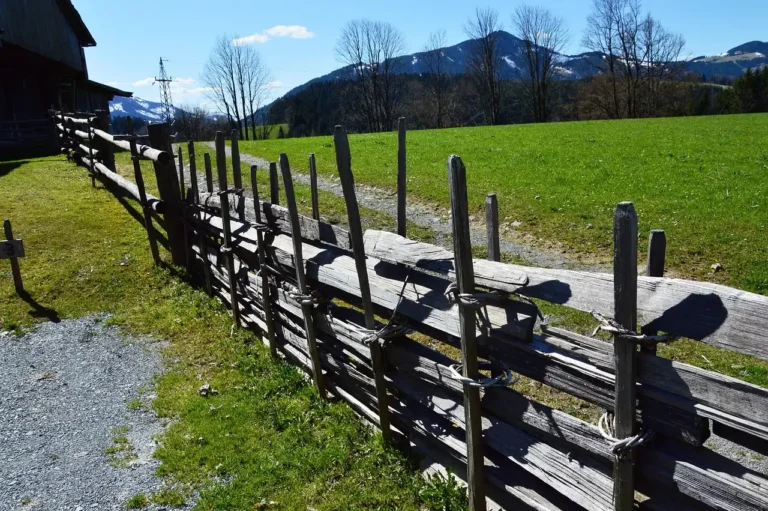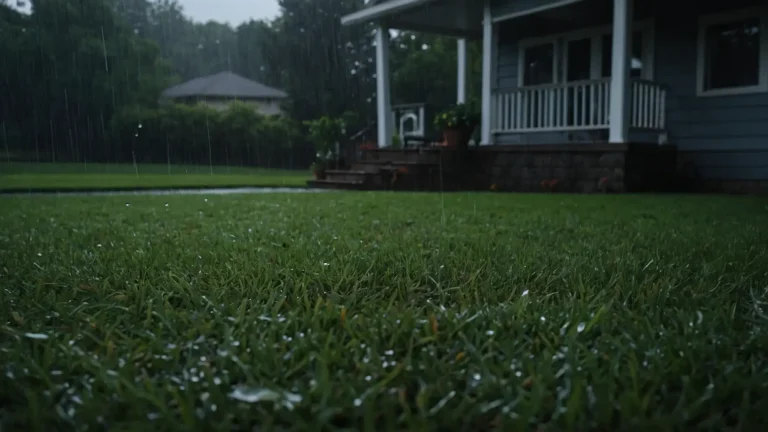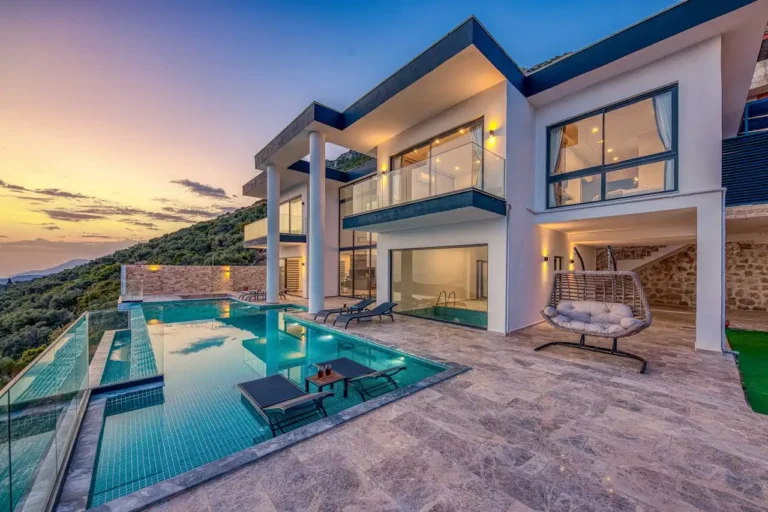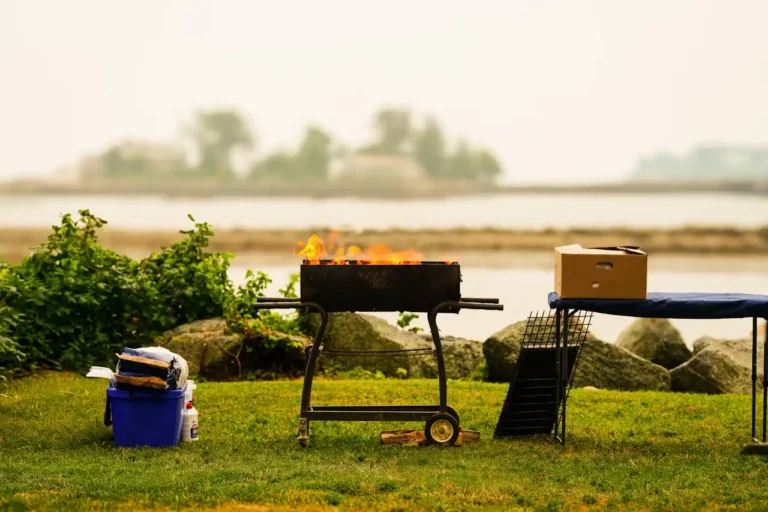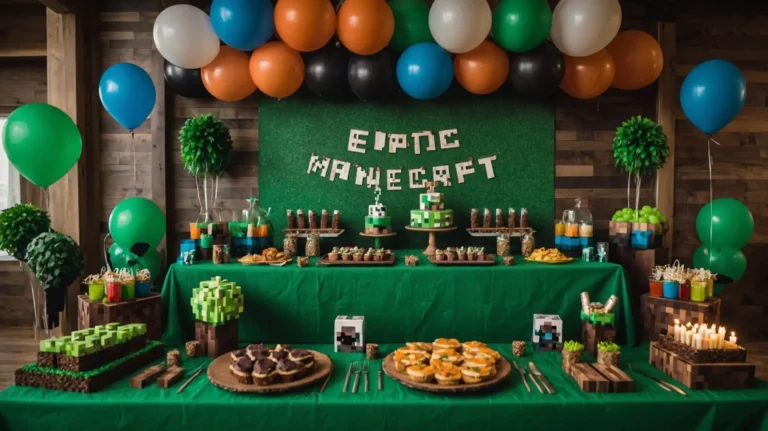How to Use Planters to Add Color to Your Outdoor Space
Your outdoor space deserves more than just green grass and brown mulch. Planters offer you the perfect opportunity to inject vibrant colors throughout your yard, patio, or balcony.
With the right approach, you can transform any dull corner into a stunning focal point that reflects your personality and style.
Choose Planters That Make a Statement
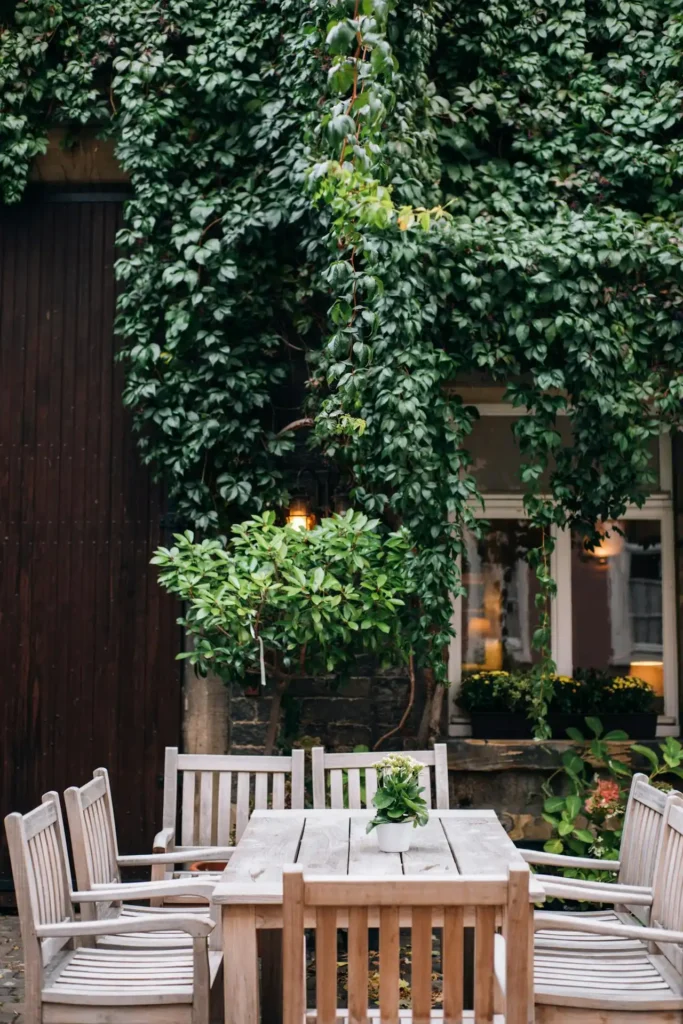
The container itself plays a crucial role in your color scheme. You don’t need to stick with basic terracotta or plain black plastic.
Brightly colored ceramic pots can serve as anchor pieces that establish your overall palette before you even add plants.
Consider mixing different planter materials to create visual interest. Glazed pottery in jewel tones pairs beautifully with weathered metal containers.
You can also paint existing planters to match your desired color scheme using outdoor-safe paints.
Size variation adds another layer of visual appeal. Group large statement planters with smaller accent pieces to create dynamic arrangements.
This approach lets you incorporate multiple colors without overwhelming the space. Don’t forget about texture when selecting planters.
Rough stone planters provide earthy contrast to sleek modern containers, while woven baskets add organic warmth to any arrangement.
Select Plants with Bold, Lasting Color
Your plant choices determine the success of your colorful outdoor display.
Focus on varieties that provide consistent color throughout their growing season rather than plants with brief blooming periods.
Annuals like petunias, marigolds, and impatiens deliver non-stop color from spring until frost.
These workhorses bloom continuously with minimal deadheading, ensuring your planters stay vibrant for months. You can easily swap them out seasonally to maintain fresh colors.
Perennials offer long-term value and often provide multiple seasons of interest. Coral bells showcase stunning foliage colors ranging from lime green to deep burgundy.
Ornamental grasses add movement and texture while contributing soft colors like golden yellow or deep red.
Foliage plants deserve equal attention in your color planning. Coleus varieties offer incredible leaf patterns in combinations of green, red, yellow, pink, and purple.
These shade-loving plants thrive in areas where flowering plants might struggle.
Plan for Year-Round Color Impact
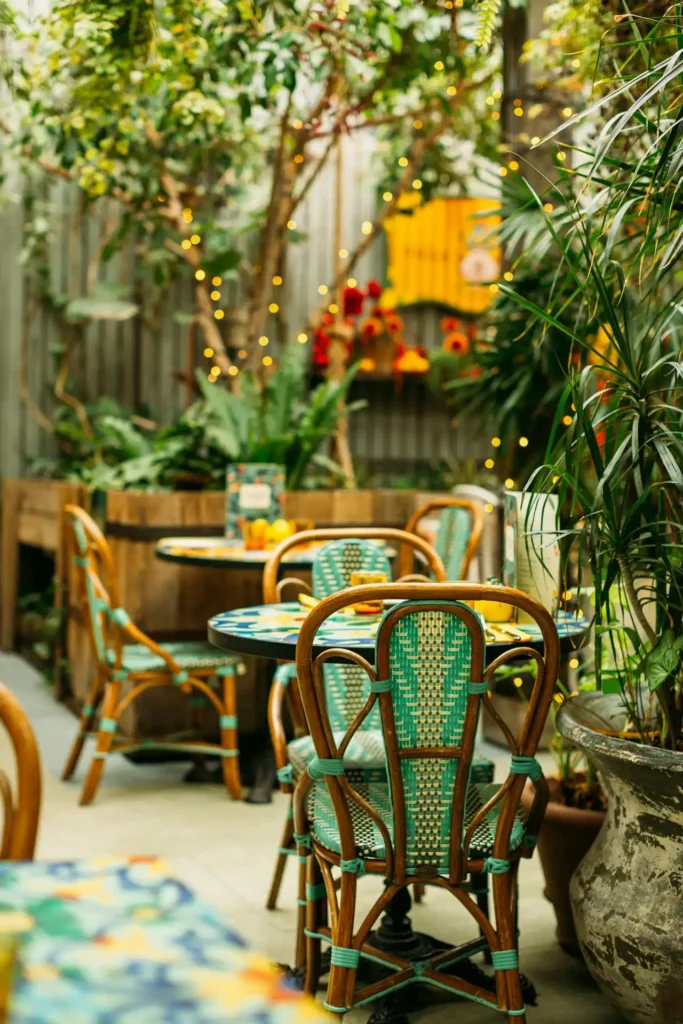
Strategic seasonal planning ensures your outdoor space maintains color appeal throughout the year.
You don’t want your beautiful arrangements to look bare and lifeless during certain months.
Spring planters can feature cool-weather favorites like pansies, primrose, and flowering kale.
These plants tolerate temperature fluctuations and provide cheerful colors when winter finally releases its grip.
Add early bulbs like crocuses or small daffodils for additional spring excitement. Summer calls for heat-tolerant champions that won’t wilt under intense sun.
Zinnias, sunflowers, and salvia thrive in hot conditions while delivering spectacular color payoffs. Include trailing varieties like bacopa or sweet potato vine to soften container edges.
Fall arrangements benefit from incorporating plants with autumn-themed colors.
Ornamental peppers, chrysanthemums, and ornamental cabbage provide rich oranges, deep reds, and purple tones that complement the changing season.
Winter doesn’t mean abandoning color entirely. Evergreen arrangements with colorful berry-producing plants like winterberry holly create striking displays.
Add colorful stems or branches for additional winter interest when blooms aren’t available.
Create Dynamic Height and Texture Combinations
Successful planter arrangements follow the “thriller, filler, spiller” principle that creates professional-looking displays.
This approach ensures your color combinations have proper structure and visual flow.
Your “thriller” serves as the centerpiece and should be the tallest, most dramatic plant in the container.
Choose specimens with bold colors or striking forms like red cannas, purple fountain grass, or bright yellow rudbeckia. This focal point anchors your entire color scheme.
“Filler” plants surround your thriller and provide the bulk of your color impact. Select medium-height plants that complement your centerpiece without competing for attention.
Begonias, impatiens, or colorful caladiums work well in this supporting role. “Spiller” plants cascade over container edges and soften the overall appearance.
Trailing petunias, lobelia, or ivy geraniums add movement while extending your color palette beyond the planter’s boundaries.
Consider bloom timing when combining plants. Stagger flowering periods to ensure continuous color rather than having everything bloom simultaneously and then fade together.
Master Strategic Placement Techniques
Location determines how effectively your colorful planters enhance your outdoor space. You can use color psychology and design principles to create specific moods and visual effects.
Warm colors like reds, oranges, and yellows appear to advance toward viewers, making them perfect for creating cozy, intimate spaces.
Place these attention-grabbing combinations near seating areas or entryways where you want to draw people in.
Cool colors including blues, purples, and soft pinks seem to recede into the background. Consider sight lines from both inside and outside your home.
Use these calming hues to make small spaces appear larger or to create peaceful retreat areas in your garden.
Group planters in odd numbers for the most pleasing visual impact. Three or five containers of varying heights create more dynamic arrangements than even-numbered groupings.
This technique works whether you’re arranging small pots on a patio table or large planters throughout your landscape.
Position your most spectacular color combinations where they’ll be visible from frequently used indoor spaces like kitchen windows or living room doors.
Coordinate Colors Like a Professional Designer
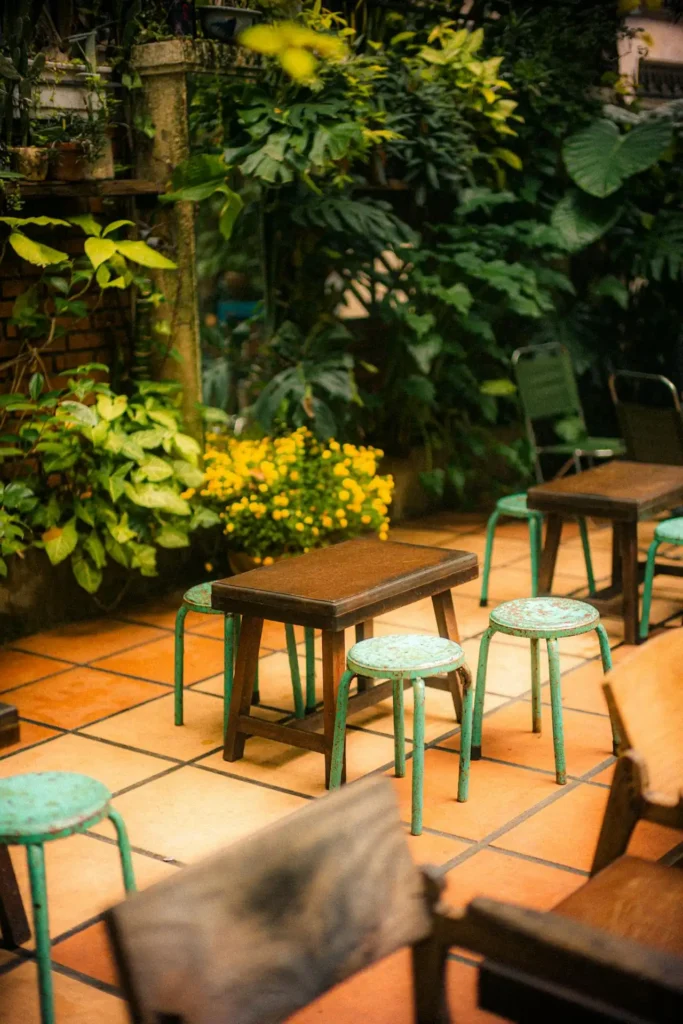
Understanding basic color theory helps you create sophisticated planter combinations that look intentional rather than random.
You don’t need an art degree to apply these principles effectively. Don’t forget about neutral colors in your planning.
Monochromatic schemes use different shades of the same color family for elegant, cohesive looks.
Try various purple tones ranging from lavender to deep eggplant, or explore yellow from pale butter to rich gold. These combinations feel calm and refined.
Complementary colors sit opposite each other on the color wheel and create vibrant, energetic combinations.
Orange marigolds paired with blue lobelia create stunning contrast, while red geraniums pop against lime green foliage.
Analogous color schemes use adjacent colors on the wheel for harmonious, natural-looking combinations.
Yellow, orange, and red create warm sunset effects, while blue, purple, and pink evoke peaceful garden moods.
White flowers brighten any combination and help separate bold colors that might otherwise clash. Silver or gray foliage provides sophisticated backdrop for brighter blooms.
Incorporate Unexpected Color Sources
Think beyond traditional flowering plants when planning your colorful displays. Many overlooked elements can contribute significant color impact to your outdoor arrangements.
Decorative elements like colored mulch, decorative stones, or glass beads add instant color to planters.
These materials work especially well in minimalist arrangements or during seasons when plant color is limited.
Seasonal decorations expand your color options throughout the year.
Spring arrangements might include pastel ribbon or decorative eggs, while fall displays benefit from small pumpkins or colorful gourds nestled among plants.
Vegetables and herbs contribute unexpected colors while serving practical purposes.
Purple eggplants, red cherry tomatoes, and orange peppers create edible landscape elements.
Many herbs offer colorful foliage or flowers that enhance both cooking and visual appeal.
Consider incorporating fruits and berries for natural color that changes throughout the growing season.
Blueberry bushes provide spring flowers, summer fruit, and fall foliage color in single containers.
Maintain Your Colorful Displays
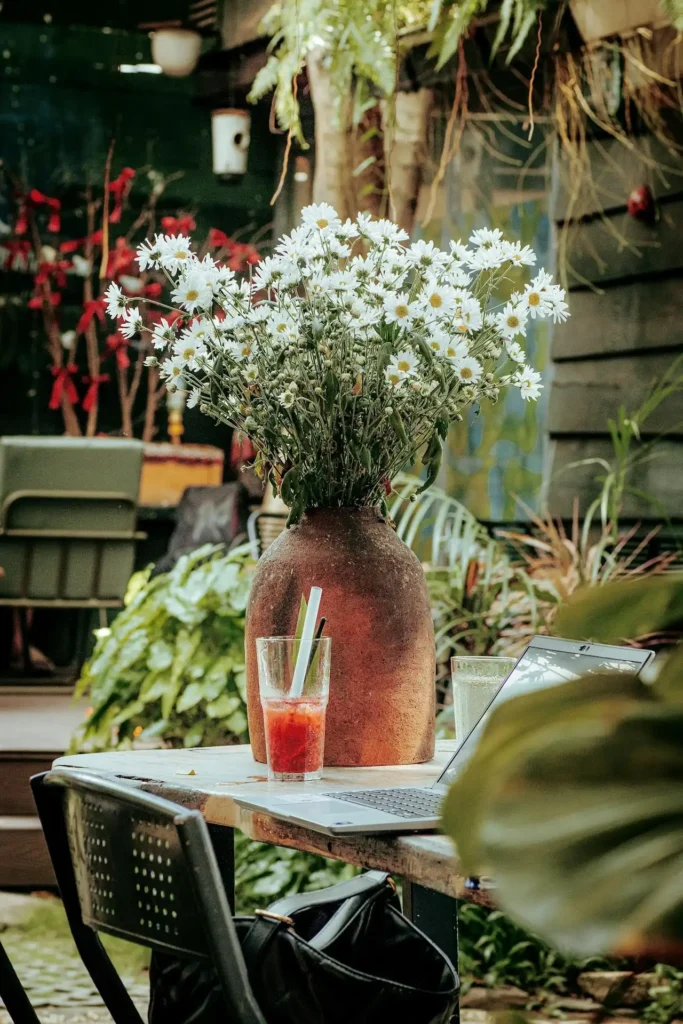
Proper maintenance ensures your colorful planters continue performing throughout the growing season.
Regular care prevents disappointing fade-outs that leave your outdoor space looking neglected.
Deadheading spent blooms encourages continued flowering in most annual plants.
Remove faded flowers before they set seed to redirect plant energy into producing new blooms. This simple task can extend flowering periods by several weeks.
Consistent watering keeps colors vibrant and prevents stress-related fading. Replace declining plants promptly to maintain continuous color impact.
Container plants dry out faster than ground plantings, especially during hot weather. Check soil moisture daily and water thoroughly when the top inch feels dry.
Regular fertilizing maintains healthy growth and abundant blooming. Well-fed plants produce more vibrant colors than stressed specimens.
Use balanced, slow-release fertilizers for consistent nutrition, or apply liquid fertilizers every two weeks during peak growing season.
Annual flowers naturally decline after heavy flowering periods, but you can refresh containers by substituting new plants for tired ones.
Conclusion
Transform your outdoor space into a vibrant sanctuary by thoughtfully selecting colorful planters and plants that reflect your style while providing lasting visual impact.

